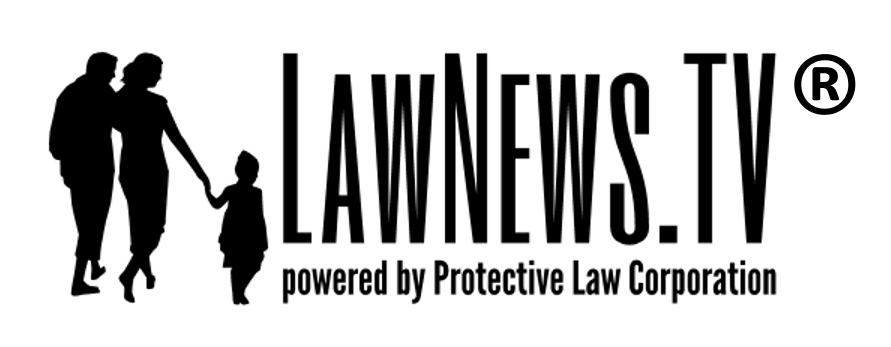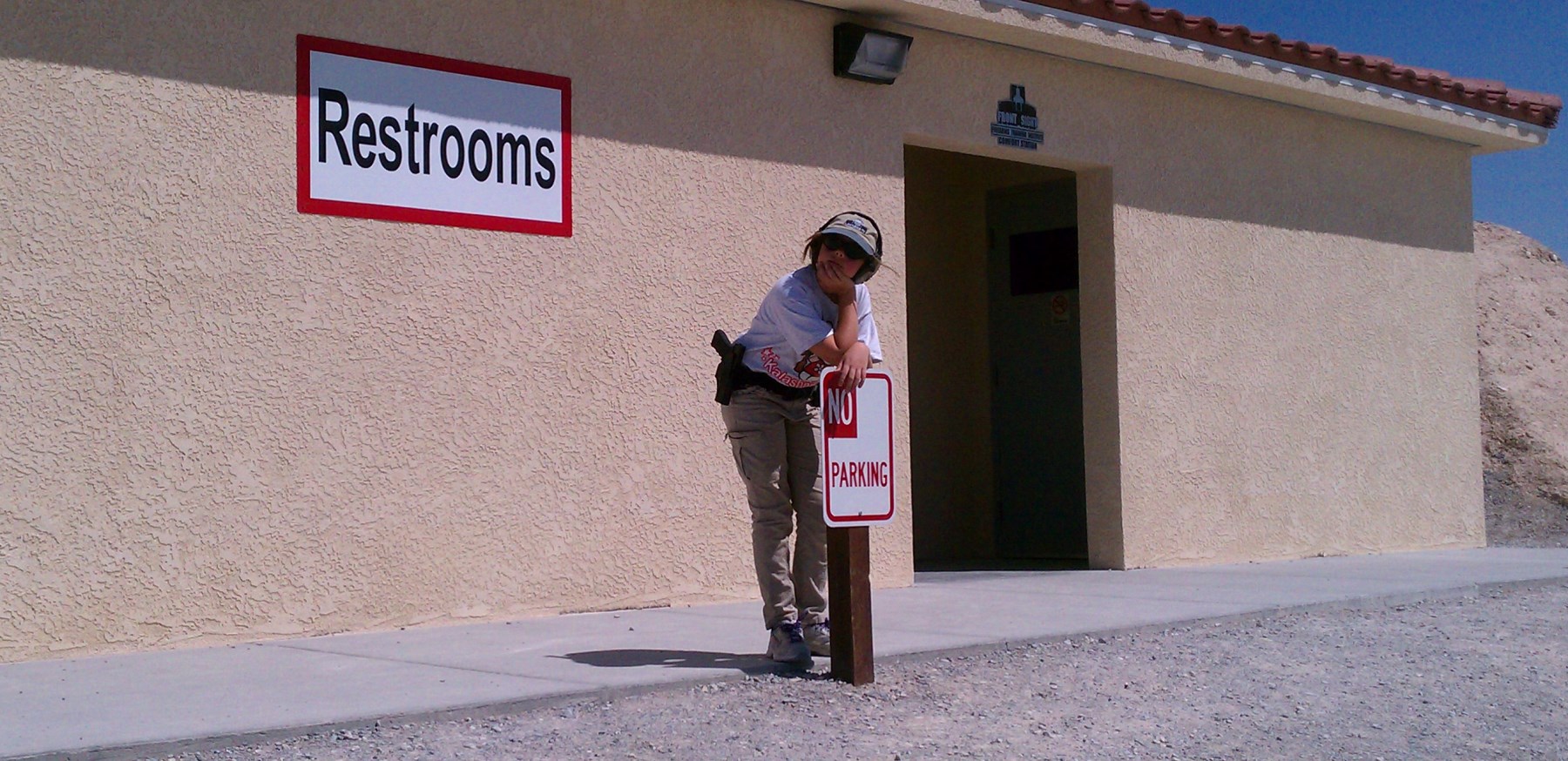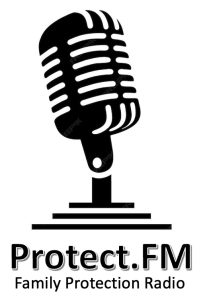About a month ago the video at left was posted by Mark Smith of the Four Boxes Diner channel who, like me and quite a few other attorneys, is a member of the US Supreme Court bar, a fact I know only because he actually introduces himself as such in the first few minutes of the video.
Mr. Smith has a huge number of subscribers, way more than me. I’d like to know how he does it! I am glad Mr. Smith agrees with me and a lot of other Americans that we should have a right to both open carry and conceal carry, as we wish.
What I strongly disagree with is his analysis and conclusion that under the Supreme Court’s Bruen decision individual states can ban either as they wish. I do not agree with his conclusion at all, yet it is the position held for many years by NRA and other gun orgs.
My reading of Bruen tells me that both open carry and concealed carry are protected, although in certain uncommon situations (like sensitive places) open carry might be a little more protected. For example, if the Secret Service is trying to kill our presidential candidate, we might want to openly carry in high-retention holsters to protect him. (Just an idea, not saying this is likely any time soon.)
Smith does point out that early American laws favored open carry over concealed carry. A few states did actually ban concealed carry while allowing open carry. But Bruen never decided whether the relevant period to examine for relevant legal tradition is when the Second Amendment went into effect (1791), or when the Fourteenth Amendment went into effect, applying the Second Amendment to the states (1868). If anything, Bruen seems inclined toward using 1791, but it expressly reserves judgment on that issue. We will hopefully have an answer soon. If the relevant period turns out to be 1791, those cases banning concealed carry are completely irrelevant.
Bruen only mentioned those cases to show that states cannot ban both (“history reveals a consensus that States could not ban public carry altogether”). In using the word “altogether” SCOTUS plainly refers to the attempts to ban open carry in addition to concealed carry, the latter not being viewed by those few particular antebellum courts as constitutionally protected. Smith (along with many other well-known attorneys, often representing gun orgs) flips the meaning completely in a logical fallacy to maintain that states can choose to ban open carry if they allow concealed carry, despite the lack of any historical analogue for such a ban. It’s as if SCOTUS ends with “altogether now” and a chorus of gun org attorneys responds, singing “altogether now”, missing the song completely. The song is that these few particular antebellum cases agree states cannot ban both. It does not logically follow from these cases that states may constitutionally ban either. The “consensus” of which SCOTUS speaks includes not merely the states afflicted with these particular cases but also those states which refused to ban either form of carry, adhering to the majority rule.
What if the relevant period is 1868? If so, these cases are still irrelevant because Bruen requires a national historical tradition relevantly similar to the proposed gun regulation and despite these antebellum cases only a minority of the nation, far less than half the states, banned concealed carry. Most concealed carry bans did not appear until the late 1800’s and early 1900’s and were often in territories, not states.
Any attempt to analogize a few early concealed carry bans to an unprecedented modern open carry ban would likely fail the “relevantly similar” test, despite Rahimi’s sloppiness with that test, because open carry is so starkly different than concealed carry in actual practice. Rahimi itself is likely an aberration due to current political strife and open intimidation of US Supreme Court justices.
Remember a few years back when Ohio’s Supreme Court ruled open carry protected? Legislators quickly fell over themselves to pass shall-issue CCW. Ohio isn’t the only place where that kind of thing happened.
What happens if you ban open carry? You then consign armed Americans to an ever-shrinking ghetto of concealed carry. Out of sight, out of mind. By design.
Open Carry is Ultrasound for the Second Amendment.








